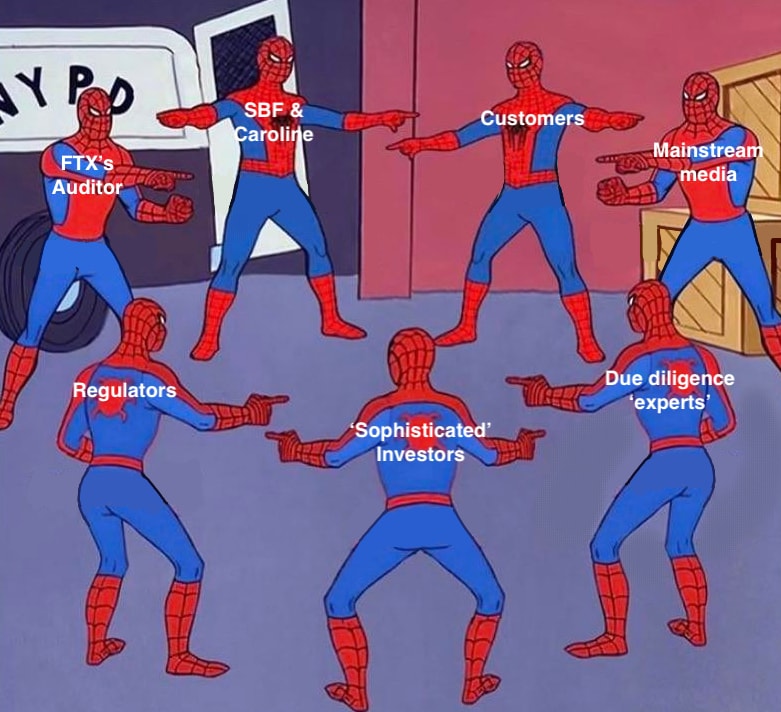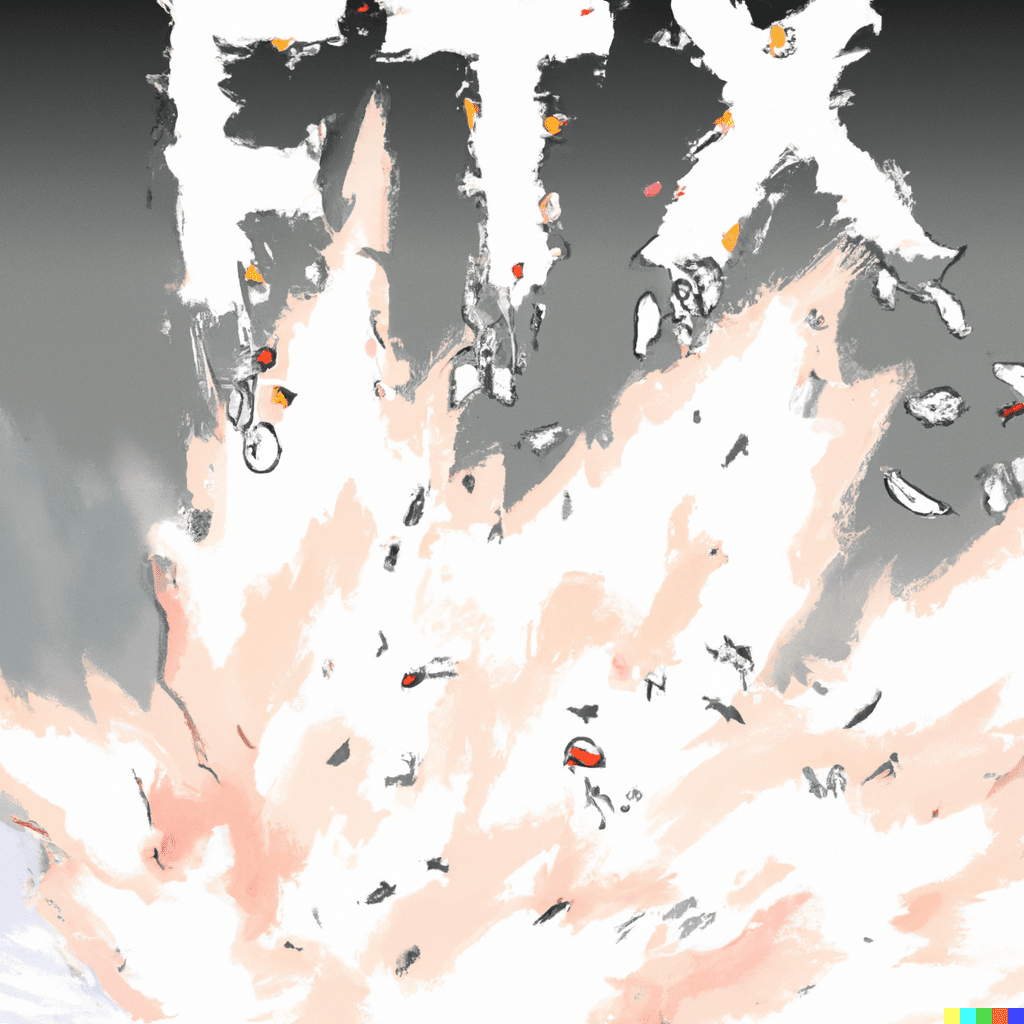“Some of this decades greatest heroes will never be known, and some of its most beloved people are basically shams.”
Sam Bankman-Fried
What a difference 9 days make!
Between 2 November and 11 November, FTX and Sam Bankman-Fried (SBF) went from being the darlings of technology and crypto, to collapse and infamy.
There are a number of theories around what actually happened. KPMG have helpfully summarised the rise and fall of FTX, with some initial takes on implications for stakeholders across the crypto ecosystem – Regulators, Operators, Customers and Investors. You can download and read the report HERE.
In addition, and assuming you’ve read the article or are familiar with the situation, the below are some personal opinions on the questions people are asking.
Was it fraud?
SBF literally tweeted on 2 November: “A competitor is trying to go after us with false rumours. FTX is fine. Assets are fine. FTX has enough to cover all holdings. We don’t invest client assets (even in treasuries).” At this time none of this was true – So…
How did investors miss the red flags ?
In relation to misappropriation of customer assets, its possible that this had not occurred as of early Jan 2022, when the last funding round completed. The current view is customer assets were ‘loaned’ to Alameda, after Alameda lost large sums following the collapse of Terra and Three Arrows Capital in May 2022. To those suggesting there should have been ‘forensic due diligence’, the reality is in a competitive venture round one rarely has access to the transactional level data necessary to perform this type of work.
However…. a number of issues were prevalent at that time due diligence was conducted that should have given investors pause for thought. I’ll put these in two buckets:
Bucket 1: Risk factors in public domain
These include:
a. entanglements between FTX and Alameda. The following were well known by anyone familiar with crypto:
- SBF being for a long time the CEO of both businesses
- Alameda being the main market maker for FTX
- Alameda being the liquidity back-stop to FTX’s liquidation
b. FTT token valuation – information on the FTT token is ‘on-chain’ and public domain. It should been evident that FTT contributed a material part of FTX’s balance sheet, and given FTX and Alameda held the majority of FTT with low float… the mark to market value might need to be revised down.
c. accusations of unethical behaviour by Alameda and FTX related to Solana ecosystem listings, AKA “Sam Coins” – where small amounts were issued at launch, with Alameda pumping these tokens and passing to retail, before dumping.
These matters are not a case of ‘hindsight 20/20’. Any advisor familiar with the sector should have known this and raised it.
Bucket 2: Risk factors that should have become blindingly evident during diligence
These include:
a. lack of CFO or accountants
b. limited and poor quality financial information – “Never in my career have I seen such a complete failure of corporate controls and such a complete absence of trustworthy financial information as occurred here.” John J Ray III, Chief restructuring officer.
c. absence of three lines of defence
d. no board of directors
e. small / unreliable auditor
While these are common scenarios in seed and A rounds, its quite incredible that investors let this situation carry forward to round C.
I understand the venture investment mentality is not to avoid failure; rather to avoid missing out on the biggest successes. However, it’s probably about time more venture capitalists revisit their ‘summary financials, wham-bam-thank you-ma’am rubber-stamp diligence requests’… and start selecting advisors based on capability / subject-matter expertise.
Overall, these diligence oversights are indicative of the lax investment policies and procedures common in venture investing towards the end of a crazy bull market run. I would hope VC investment committees are revisiting their approach in the light of FTX.

Contagion – who is next?
This is where I would be looking:
- Crypto Lenders. We all know about Voyager, Genesis, Celsius, BlockFi – and I can imagine every crypto fund with monies placed at other crypto lenders is rapidly pulling back capital, leading to funding challenges.
- Smaller crypto exchanges. Trust has evaporated from the system and we’ll see a flight to quality Centralised Exchanges (CEX) – i.e. those with reputable auditors, proof of reserves and liabilities, etc. Smaller, less trusted exchanges will see rapid declines in trading volumes. The resultant collapse in income is likely to lead to many being ‘default dead’ – there are literally thousands of small CEXs and ultimately I expect that market to consolidate similar to what we see for TradFi exchanges.

